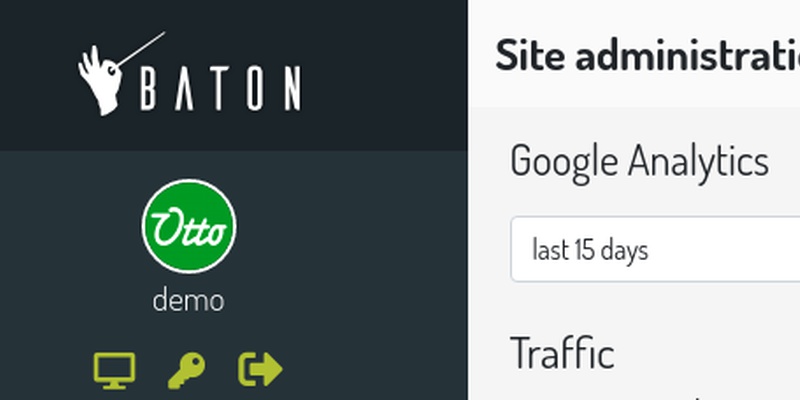Deploy django applications with nginx, uwsgi, virtualenv, south, git and fabric, part 5
This is the fifth and last part of the django deploy environment, you may find the fourth part here.
In this part we'll see how to automate the deployment using fabric.
What the hell have fabric to do?
Well, fabric have to do all the work for me in the sense that once I've done some changes to my project and pushed them to the bare repository I want to update the production environment with only one command. I'd like also to setup initially the whole environment with only one command.
How does it work?
First of all install it, so with the virtualenv activated:
$ pip install fabric
Done.
Now reading from the official site:
Fabric is a Python (2.5 or higher) library and command-line tool for streamlining the use of SSH for application deployment or systems administration tasks. It provides a basic suite of operations for executing local or remote shell commands (normally or via sudo) and uploading/downloading files, as well as auxiliary functionality such as prompting the running user for input, or aborting ...




